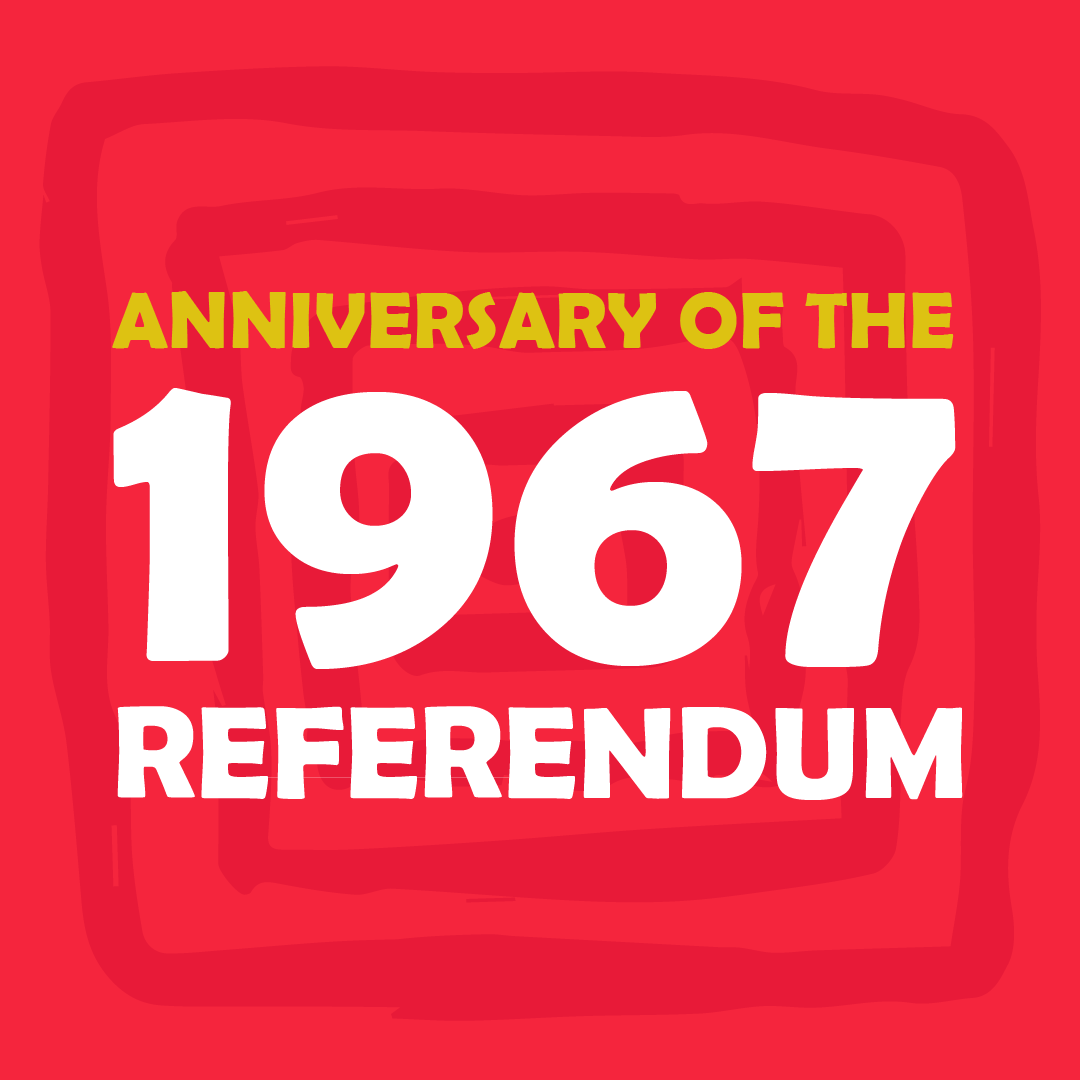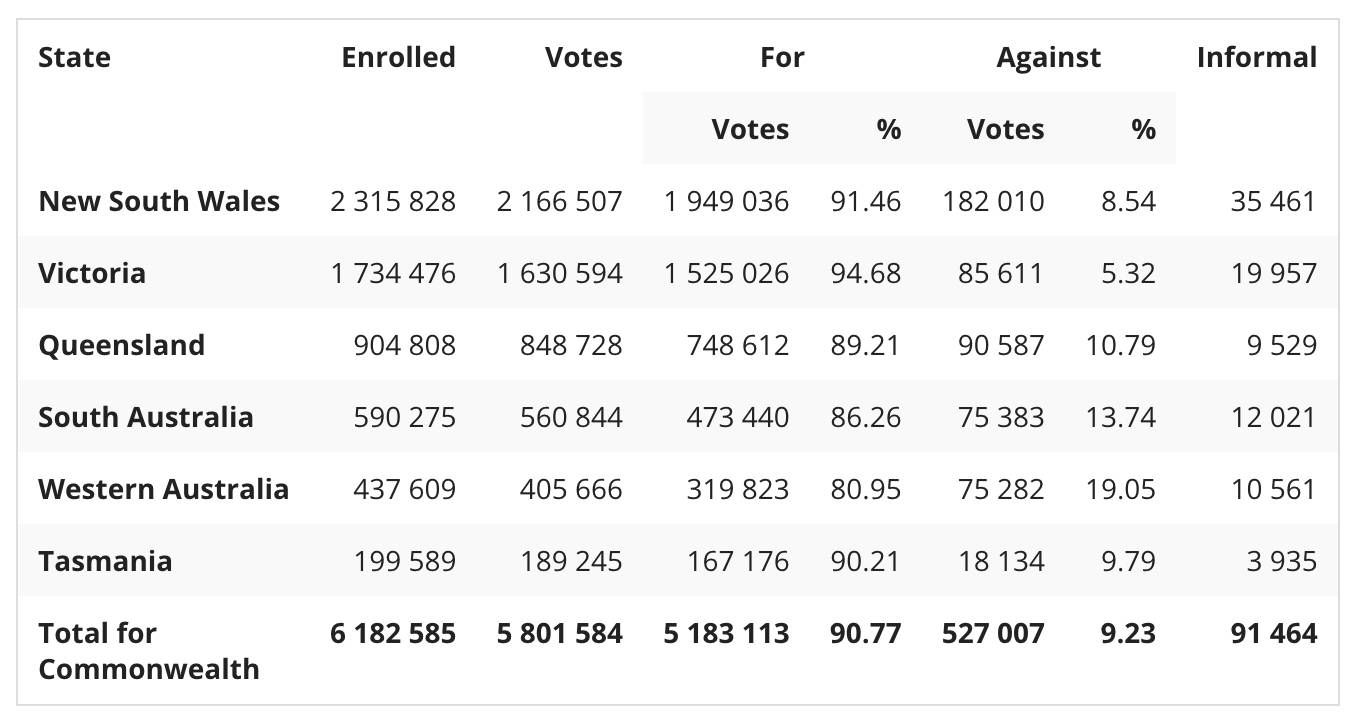What is the 1967 Referendum?
Today is the beginning of National Reconciliation Week, and also one of the most significant dates in Australia’s history. On May 27, 1967, 90.77% of Australians took to the polling booths to vote YES for rights for First Nations people.
The referendum had two main objectives, which were to amend the Australian Constitution to allow the federal government to legislate specifically for First Nations people, and remove any discriminatory clauses from the Constitution that excluded First Nations people from being counted in the national census and from laws made by the federal government.
Almost 94% of the voting population turned out for the referendum asked Australians the following question, with an almost 91% YES vote:
"Do you approve the proposed law for the alteration of the Constitution entitled 'An Act to alter the Constitution' so as to omit certain words relating to the people of the Aboriginal race in any state and so that Aboriginals are to be counted in reckoning the population?"
Source: aph.gov.au
The 1967 Referendum was significant because it established a legal foundation that allowed the federal government to enact legislation and policies which were said to enhance the well-being, rights, and prospects of First Nations people.
This authority enabled the government to tackle various issues, including land rights, healthcare, education, and employment, through tailored legislative measures and initiatives.
Prior to the Referendum, First Nations peoples were not included in the census and no land rights – though it wasn’t until later in 1992 after an almost 10 year legal battle led by Torres Strait Islander man Eddie Koiki Mabo, and the implementation of Native Title legislation that land rights began to be tangibly established.
The result of the 1967 Referendum was also an important part of history – although First Nations people already held voting rights, the result made a huge statement societally at a time that First Nations people remained highly discriminated against.
Discrimination against First Nations peoples still remains today in many ways. Yarn Marketplace salutes the organisations, activists, and allies on the ground who continue to push to create change for First Nations people within Australian society.
Love Our Blogs? Read More Articles Now!
This blog is part of our series on National Reconciliation Week. Read more about key dates, this year's theme, and the line we are releasing surrounding NRW in our blogs below:








